Martial law forces withdraw from the South Korean parliament building. (Source: Reuters)
After the vote at 1 a.m. on December 4, South Korean National Assembly Speaker Woo Won-sik announced that "all soldiers have withdrawn from the building." Media reported that military helicopters began to leave the area. Meanwhile, parliamentary staff and aides remained blocking the entrance to the chamber.
According to Yonhap , the resolution to lift martial law was passed by 190 out of 190 lawmakers present. 18 lawmakers supporting Han Dong Hoon from the ruling PPP and 172 opposition lawmakers voted.
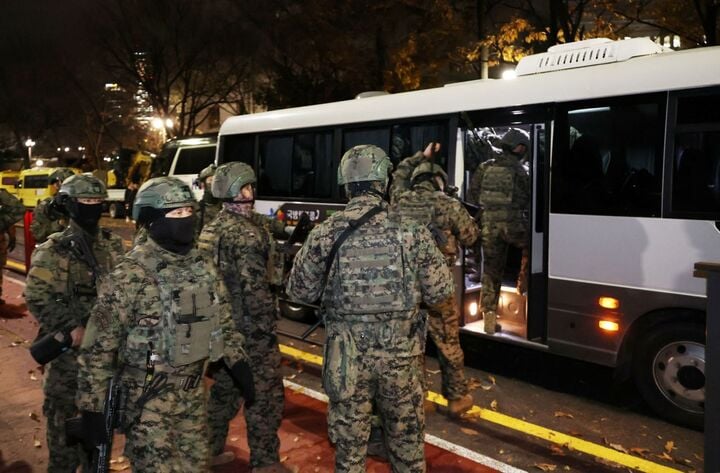
Martial law forces withdrew from the parliament building after a resolution to lift martial law was passed. (Photo: Reuters)
"The president must immediately lift martial law in accordance with the National Assembly's resolution. The declaration of martial law is now null and void," said National Assembly Speaker Woo Won-sik.
Members of the National Assembly are waiting in the plenary hall while awaiting the official order to lift martial law, Yonhap reported.
After the National Assembly vote, the South Korean Defense Ministry said it would maintain martial law until President Yoon orders it lifted, state media reported. The presidential office has not yet responded to the National Assembly's decision.
Earlier, martial law troops entered the South Korean National Assembly compound and entered the main building. Yonhap described a large number of people trying to block the soldiers' entrance. Three helicopters believed to be carrying soldiers flew into the complex at around 11:46 p.m. on December 3.
Only lawmakers, National Assembly staff and accredited reporters are allowed inside after their identification cards are checked. The area outside the National Assembly is guarded by military barricades.
Outside the South Korean parliament building after martial law was declared by President Yoon Suk-yeol. (Photo: Reuters)
On the evening of December 3, South Korean President Yoon Suk-yeol declared martial law for the reason of "protecting the country from external threats and eliminating anti-state forces, as well as protecting the free constitutional order".
Article 77 of the South Korean Constitution stipulates that the President has the power to declare martial law in response to war, disaster or national emergencies.
The South Korean National Assembly held an emergency meeting to block the President's martial law order. Martial law in South Korea is divided into two categories: emergency and security. The martial law declared by President Yoon is an emergency type, effective nationwide from 11pm on December 3.
President Yoon's martial law decree prohibits all political activities, including meetings of the National Assembly and local councils, activities of political parties and associations, as well as marches and protests that incite social unrest.
All media and press agencies are placed under the control of the Martial Law Command, freedom of speech is restricted. The power of the government and the courts is regulated according to relevant laws.
Source: https://vtcnews.vn/luc-luong-thiet-quan-luat-rut-khoi-toa-nha-quoc-hoi-han-quoc-ar911266.html







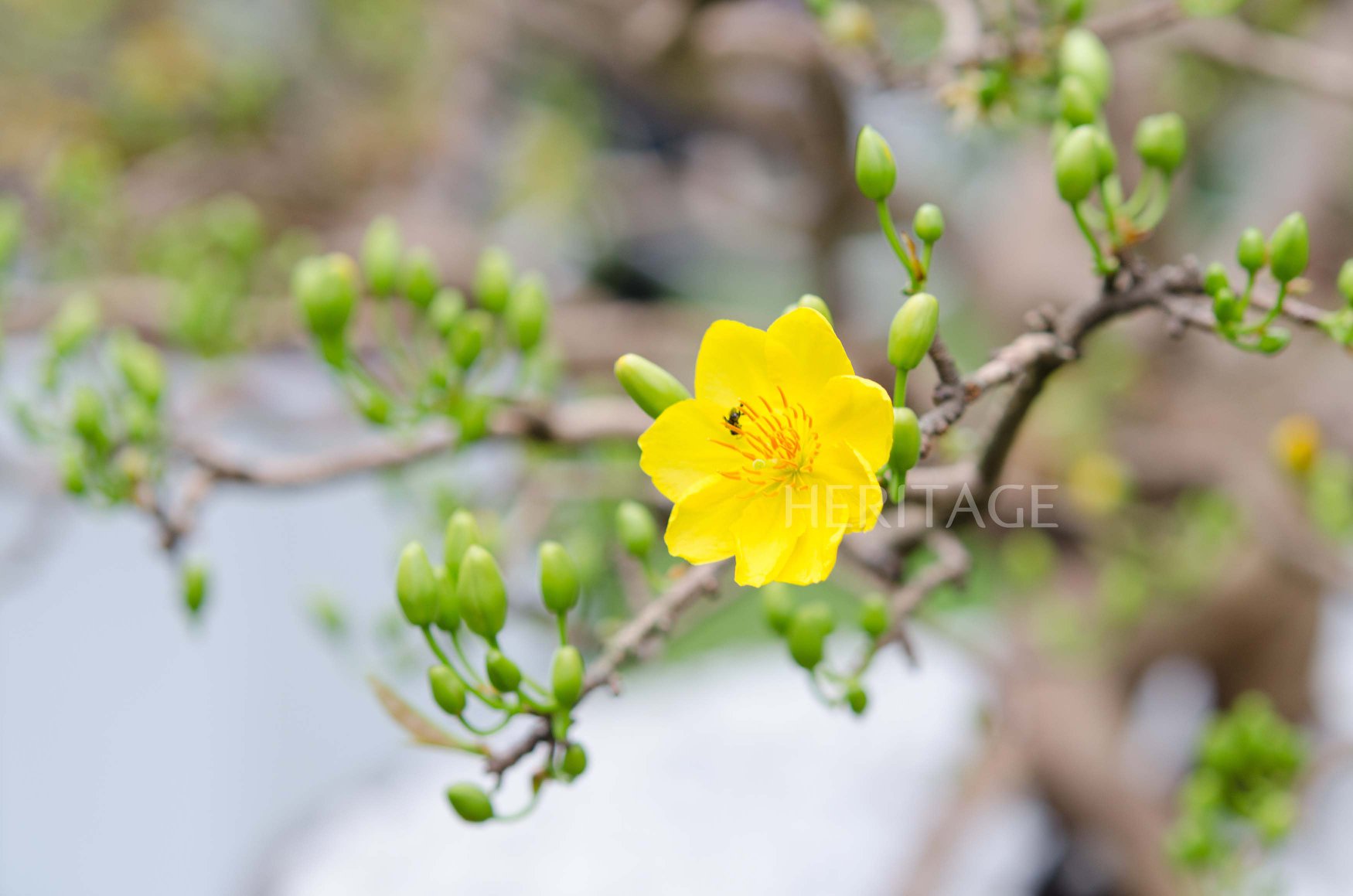















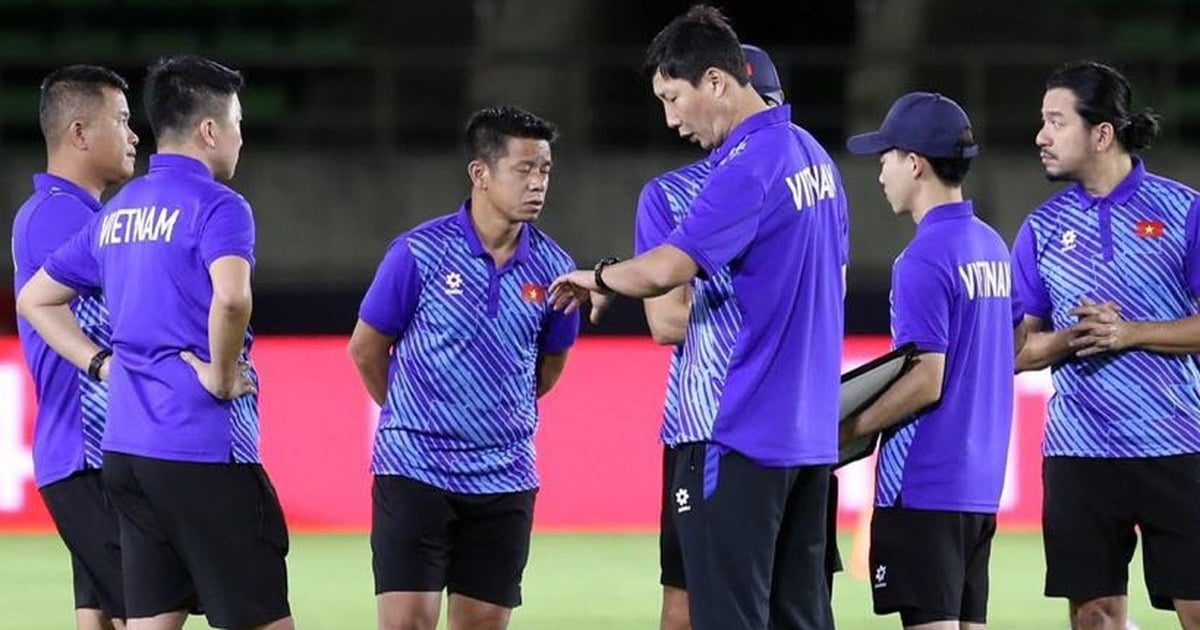

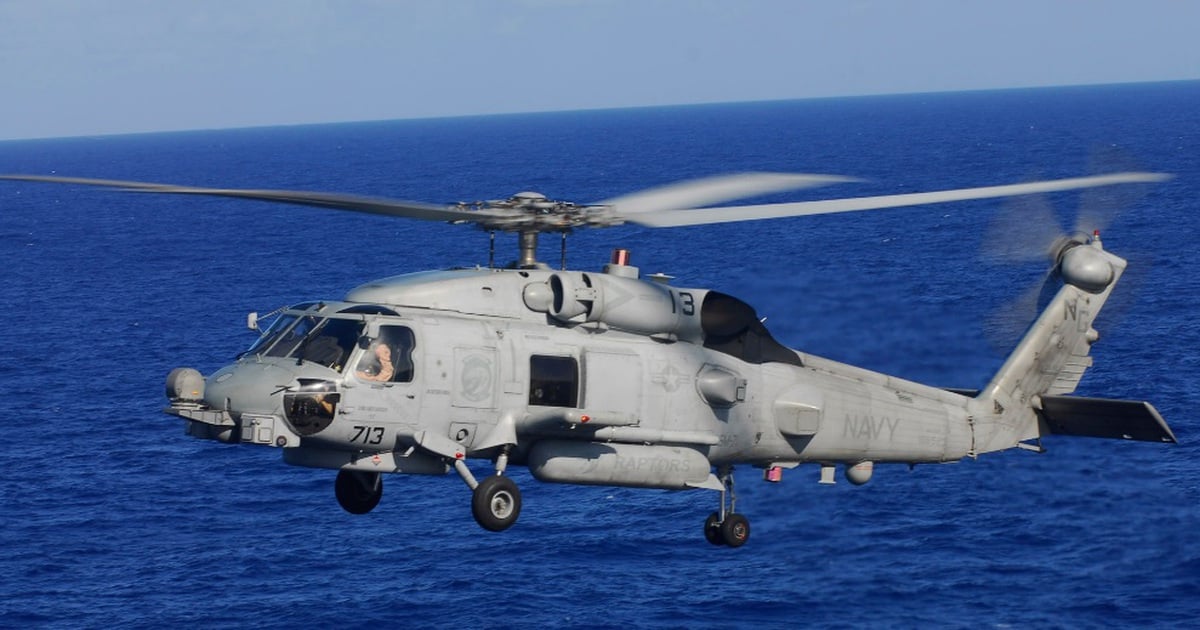
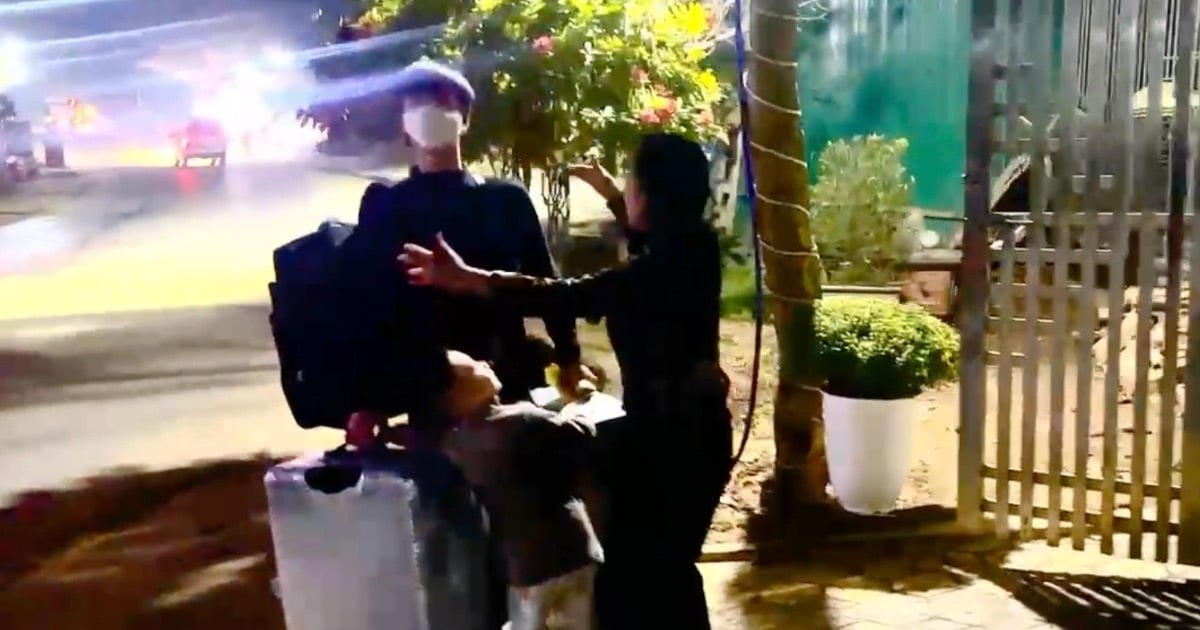

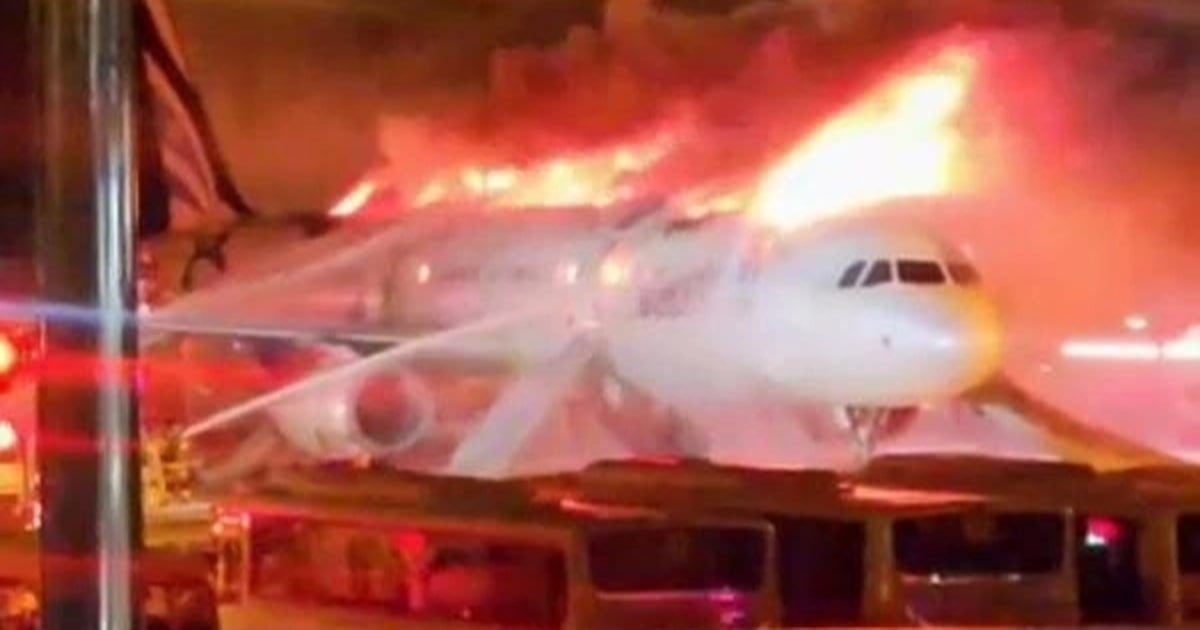
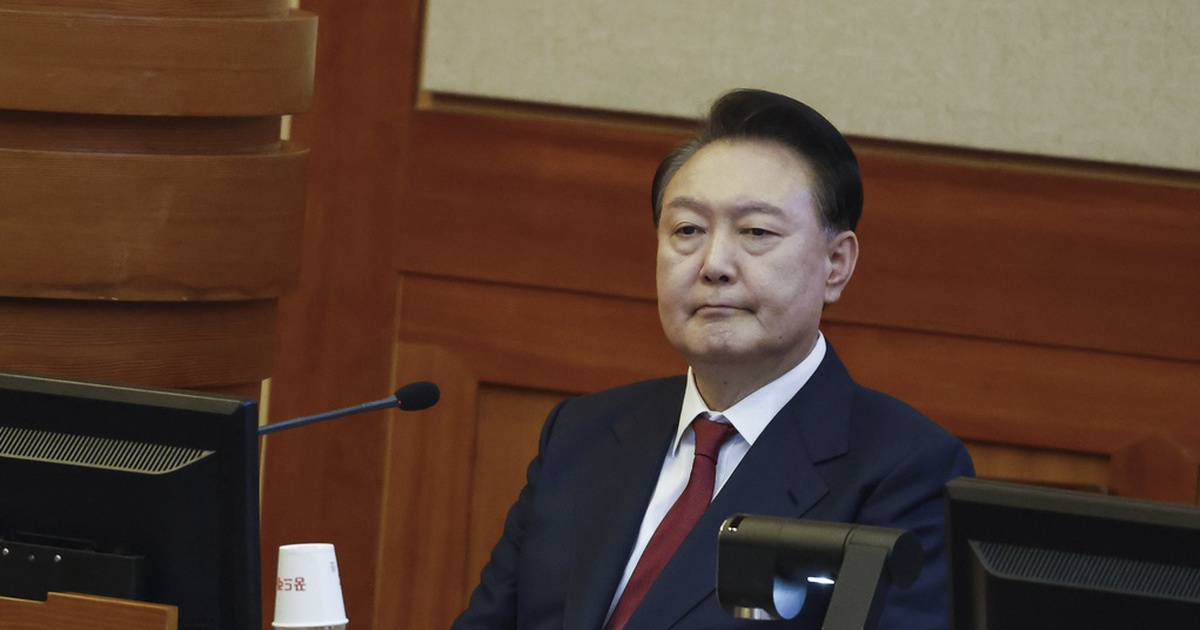


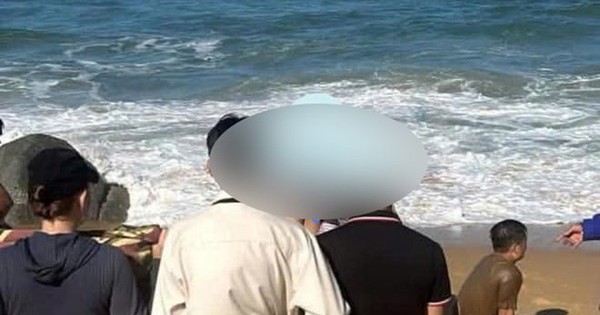


























Comment (0)